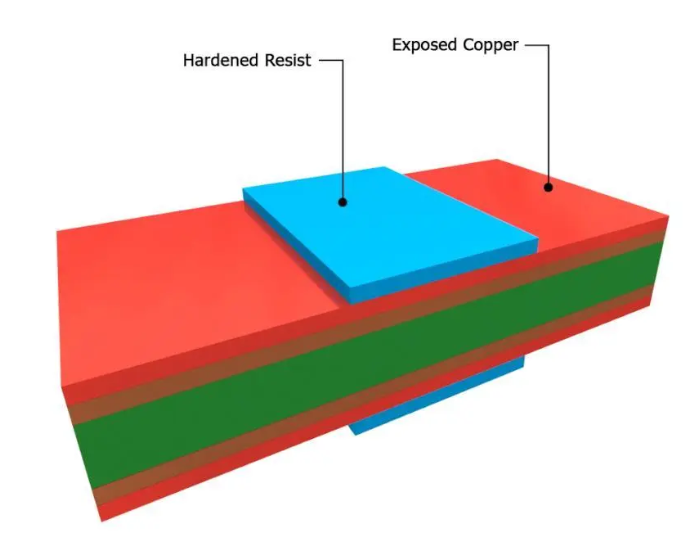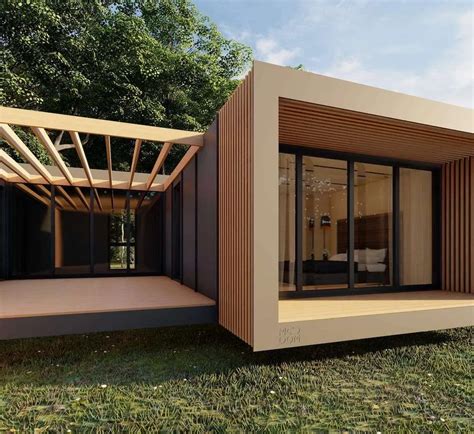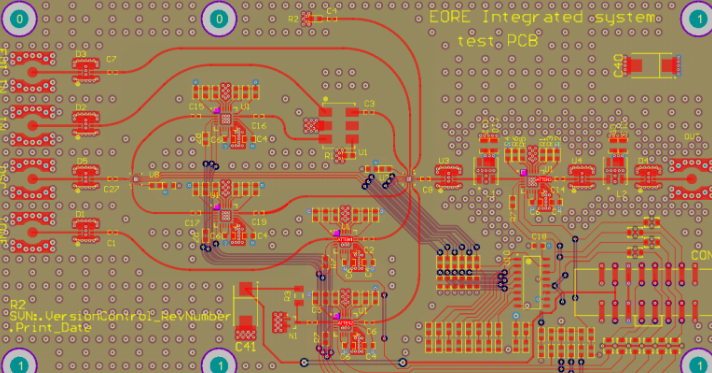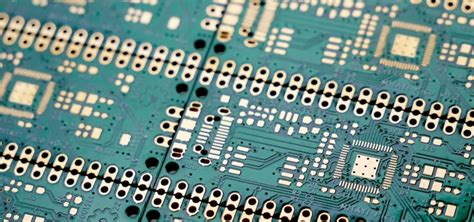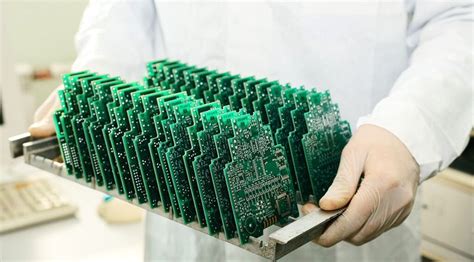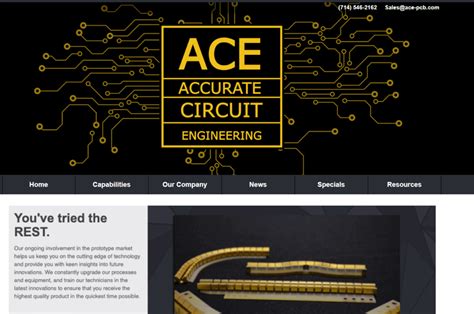How to deal with wastewater generated by PCB enterprises
PCB wastewater is polychlorinated biphenyl wastewater, which is a type of wastewater in the printing industry and circuit board factory wastewater. At present, the world produces 300 million to 400 million tons of toxic and harmful chemical waste every year, among which persistent organic pollutants (POPs) are the most harmful to the ecology and the most widely spread on the earth. In addition, PCB wastewater is divided into: cleaning wastewater, ink wastewater, complex wastewater, concentrated acid waste liquid, concentrated alkali waste liquid, etc. The production of printed circuit boards (PCBs) consumes a large amount of water, and the types of wastewater pollutants are many and the composition is complex. According to the characteristics of wastewater from different PCB manufacturers, reasonable classification, collection and quality treatment are the key to ensuring that wastewater treatment meets the standards.

For the treatment of wastewater in the PCB industry, there are chemical methods (chemical precipitation, ion exchange, electrolysis, etc.) and physical methods (various decantation methods, filtration, electrodialysis, reverse osmosis, etc.). The chemical method is to convert the pollutants in the wastewater into easily separable physical states (solid or gaseous), and the physical method is to enrich the pollutants in the wastewater or separate the easily separable physical states from the wastewater so that the wastewater meets the discharge standards. The following methods are used at home and abroad.
1.Decantation method
Decanting method is actually filtration method, which is a physical method in the wastewater treatment method of the PCB industry. The flushing water containing copper chips discharged by the deburring machine can be filtered to remove the copper chips after being treated by a decanter. The effluent filtered by the decanter can be reused as the cleaning water of the deburring machine.
2.Chemical method
Chemical methods include redox method and chemical precipitation method. Redox method is to use oxidants or reductants to convert harmful substances into harmless substances or substances that are easy to precipitate and precipitate. The cyanide-containing wastewater and chromium-containing wastewater in the circuit board are often treated by the oxidation-reduction method, as described below.
The chemical precipitation method is to use one or several chemical agents to convert harmful substances into easily separable precipitates or precipitates. There are many chemical agents used for the treatment of PCBA OEM circuit board wastewater, such as NaOH, CaO, Ca (OH) 2, Na2S, CaS, Na2CO3, PFS, PAC, PAM, FeSO4, FeCl3, ISX, etc. The precipitant can convert heavy metal ions into precipitates, and then separate the solid and liquid through inclined plate sedimentation tanks, sand filters, PE filters, filter presses, etc.
3.Chemical precipitation-ion exchange method
It is difficult to treat high-concentration circuit board wastewater to meet the discharge standard in one step with chemical precipitation, and it is often used in combination with ion exchange method. First, use chemical precipitation method to treat high-concentration circuit board wastewater to reduce the content of heavy metal ions to about 5mg/L, and then use ion exchange method to reduce the heavy metal ions to the discharge standard.

4.Electrolysis-Ion Exchange Method
Among the wastewater treatment methods in the PCB industry, electrolysis can reduce the content of heavy metal ions by treating high-concentration circuit board wastewater. Its purpose is the same as that of chemical precipitation. However, the shortcomings of electrolysis are: it is only effective for treating high-concentration heavy metal ions. When the concentration decreases, the current decreases significantly and the efficiency decreases significantly; it consumes a lot of electricity and is difficult to promote; electrolysis can only treat a single metal. Electrolysis-Ion Exchange Method is copper plating and etching waste liquid. For other wastewaters, other methods must be used.
5.Chemical Method-Membrane Filtration Method
The wastewater of PCB industry enterprises is chemically pretreated to precipitate filterable particles (diameter>0.1μ) of harmful substances, and then filtered by membrane filtration devices to meet the emission standards.
6.Gaseous Coagulation-Electrofiltration Method
Among the wastewater treatment methods in the PCB industry, gaseous condensation-electrofiltration method is a novel wastewater treatment method developed by the United States in the 1980s without adding chemical agents. It is a physical method for treating printed circuit board wastewater. It consists of three parts. The first part is the ionized gas generator. Air is sucked into the generator and its chemical structure is changed through the ionized magnetic field to become highly activated magnetic oxygen ions and nitrogen ions. The gas is introduced into the wastewater by the jet device, so that the metal ions, organic matter and other harmful substances in the wastewater are oxidized and aggregated into agglomerates, which are easy to filter out. The second part is the electrolyte filter, which filters out the agglomerated substances produced in the first part. The third part is the high-speed ultraviolet irradiation device. Ultraviolet rays are injected into the water to oxidize organic matter and chemical complexing agents, reducing CODcr and BOD5. At present, a complete set of integrated equipment has been developed and can be directly applied.

